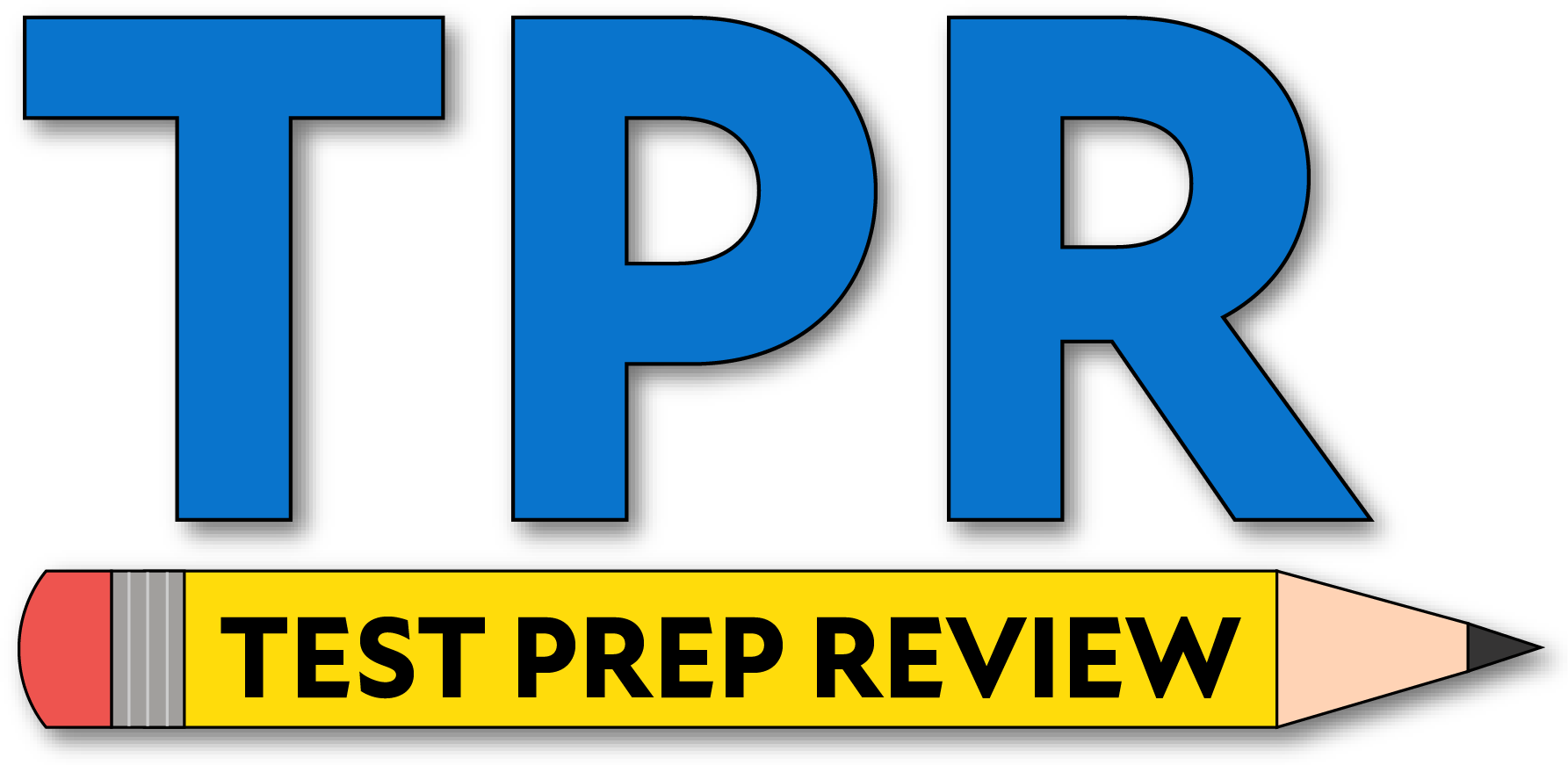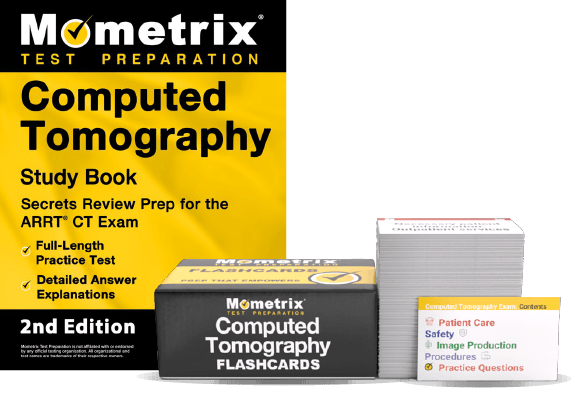If you need help studying for the Computed Tomography (CT) exam or just want some more information about what the exam is like, you’ve come to the right place.
Click below to take a free Computed Tomography practice test!
Exam Eligibility
Before you can register to take the Computed Tomography exam, you’ll need to have an associate’s degree (or higher), and you must complete a verified educational CT program.
What’s on the Exam?
First, let’s talk about the questions on the exam. There are 195 multiple-choice questions total, but 30 of the questions will not count toward your score. Why is that?
The 30 unscored questions on the CT exam are called “pilot” questions. These are added to the exam to determine if they’re good enough questions to add to future versions of the test.
The trick is that you won’t have any way of knowing which questions are scored and which ones are pilot. They will appear just like the scored questions throughout the test.
The time limit for the exam is 3.5 hours. There aren’t any scheduled breaks, but you’re free to take restroom breaks as needed.
Let’s take a closer look at the different sections of the Computed Tomography exam.
Patient Care
22 scored questions
These are some of the main topics covered in this section:
- Patient communication and education
- Patient assessment and preparation
- Infection control procedures
- Legal and ethical considerations
Safety
20 scored questions
These are some of the main topics covered in this section:
- Radiation physics basics and biological effects
- Radiation safety regulations and guidelines
- Personal protective equipment (PPE)
- Emergency procedures related to radiation exposure
Image Production
50 scored questions
These are some of the main topics covered in this section:
- CT scanner operation and control panel functions
- Image quality factors and artifact identification
- CT scan parameters and their impact on image quality
- Contrast media administration and reactions
Procedures
71 scored questions
These are some of the main topics covered in this section:
- CT protocols for different body regions
- Patient positioning techniques for various scans
- Advanced CT procedures (perfusion, angiography, etc.)
- CT fluoroscopy applications
How to Register
To get started with the registration process, you’ll need to contact your state’s licensing office and ask for an application.
Once your application is approved, you’ll be sent information on how to set up your testing appointment.
Exam Scores
The Computed Tomography exam is scored using a scaled scoring method. Here’s how it works:
For every question you answer correctly, you get one point added to your raw score. At the end of the test, your final raw score will be converted to a scaled score. This scaled score will range somewhere between 1 and 99.
The reason your raw score is converted to a scaled score is because everyone who takes the test is given a slightly different set of questions. Since everyone has a different arrangement of questions, and because some questions are harder than others, converting your raw score to a scaled score ensures a more even playing field.
Retaking the Exam
If you didn’t get a passing score on your first try, that’s okay! You can take the exam again up to three more times within three years. After that, you’ll have to reconfirm your eligibility before another attempt.
FAQs
How many questions are on the Computed Tomography exam?
The exam contains 195 multiple-choice questions.
What is the time limit for the Computed Tomography exam?
The exam is timed at 3.5 hours.
What is the passing score for the Computed Tomography exam?
You’ll need to get a final scaled score of at least 75 to pass.
How much does the Computed Tomography exam cost?
The application fee is $225.
ARRT is a registered trademark of The American Registry of Radiologic Technologists, which is not affiliated with Mometrix Test Preparation and does not endorse this page.



 CT Study Guide
CT Study Guide CT Flashcards
CT Flashcards